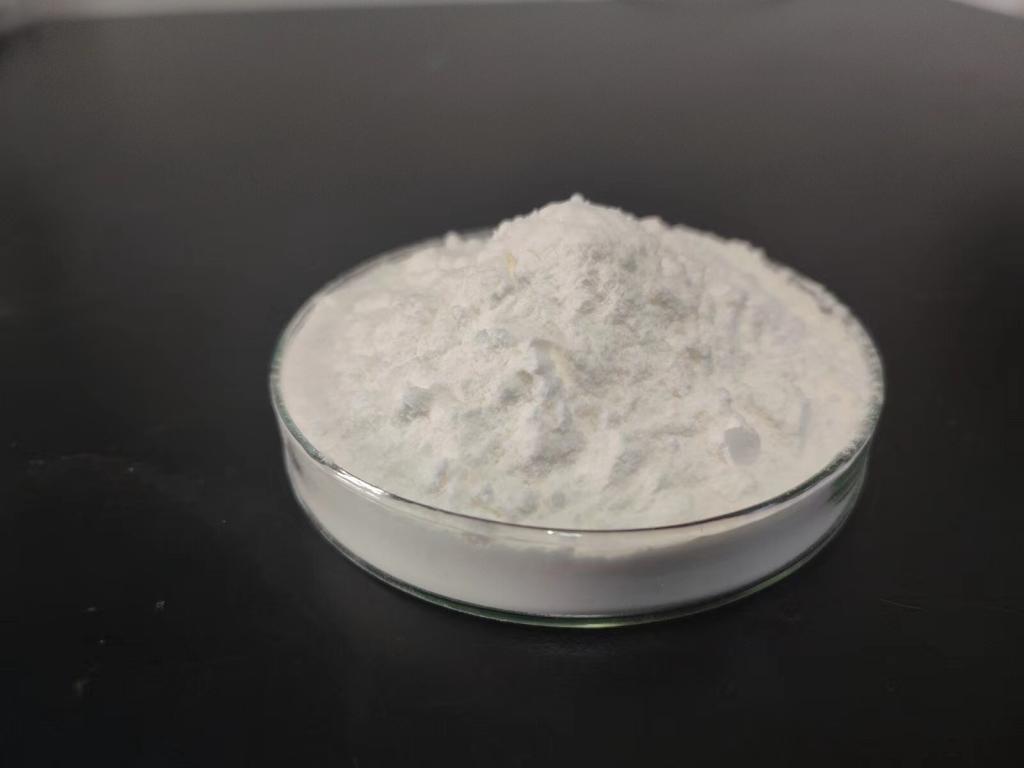Tel:0086 18231198596

News
Current Position:
Home >
News
>Exploring the Synergy of ε-Polylysine Hydrochloride with Emerging Technologies
Exploring the Synergy of ε-Polylysine Hydrochloride with Emerging Technologies
TIME:2024-01-11
1. Introduction:
Emerging technologies are catalysts for transformative change, revolutionizing industries and pushing the boundaries of what is possible. The marriage of traditional compounds with these cutting-edge technologies often leads to synergistic effects, unlocking new potentials. ε-Polylysine Hydrochloride, known for its antimicrobial properties, becomes a focal point in this exploration, as we examine its collaboration with emerging technologies, uncovering novel applications and advancements across various domains.
2. ε-Polylysine Hydrochloride: A Brief Overview:
Origins and Antimicrobial Properties:
Derived from the fermentation processes involving bacteria like Streptomyces albulus, ε-Polylysine Hydrochloride is a polymer with a unique structure. Its primary appeal lies in its antimicrobial properties, disrupting the cell membranes of microorganisms and inhibiting their growth.
3. Synergy with Nanotechnology:
Nanoparticle Formulations:
One of the remarkable intersections lies in the integration of ε-Polylysine Hydrochloride with nanotechnology. Researchers are exploring the creation of nanoparticle formulations, leveraging the unique characteristics of ε-Polylysine Hydrochloride to enhance drug delivery systems. These formulations offer controlled release, targeted delivery, and improved bioavailability, showcasing the potential of this synergy in optimizing therapeutic outcomes.
Nanocomposite Materials:
The incorporation of ε-Polylysine Hydrochloride into nanocomposite materials is another frontier. By enhancing the mechanical and antimicrobial properties of these materials, this synergy finds applications in areas such as biomedical coatings, packaging materials, and antimicrobial surfaces, contributing to advancements in material science and nanotechnology.
4. 3D Printing and Biomedical Applications:
Customized Implants and Scaffolds:
ε-Polylysine Hydrochloride's compatibility with 3D printing technologies opens avenues for creating customized implants and tissue engineering scaffolds. This synergy allows for precise control over the structure and properties of biomedical constructs, fostering advancements in regenerative medicine and personalized healthcare.
Drug-Loaded 3D-Printed Constructs:
The integration of ε-Polylysine Hydrochloride with 3D printing extends to the development of drug-loaded constructs. These innovative structures enable controlled drug release, presenting possibilities for creating patient-specific pharmaceutical solutions tailored to individual needs.
5. Smart Materials and Environmental Applications:
Responsive Coatings:
The synergy with smart materials introduces the concept of responsive coatings. ε-Polylysine Hydrochloride, when combined with materials exhibiting stimuli-responsive properties, results in coatings that can dynamically respond to environmental changes. This has implications in fields ranging from food packaging to environmental monitoring.
Biodegradable Sensors:
ε-Polylysine Hydrochloride's biodegradability aligns with the design of biodegradable sensors. The synergy with smart materials facilitates the development of sensors that can be deployed for environmental monitoring and healthcare applications, providing real-time data while minimizing environmental impact.
6. Challenges and Considerations:
While the synergy of ε-Polylysine Hydrochloride with emerging technologies opens new doors, challenges must be addressed. Optimizing formulations, ensuring stability, and navigating regulatory landscapes are critical considerations. Additionally, understanding potential interactions and addressing ethical concerns are vital for the responsible integration of these technologies.
7. Future Directions and Innovations:
The exploration of ε-Polylysine Hydrochloride's synergy with emerging technologies unveils a vast landscape of possibilities. Future research may focus on refining formulations, expanding applications in diverse industries, and exploring new avenues in fields like wearable technology, robotics, and environmental remediation.
8. Case Studies and Success Stories:
Examining real-world case studies and success stories provides tangible examples of the impact of ε-Polylysine Hydrochloride's synergy with emerging technologies. These cases illustrate the practical applications and potential breakthroughs across various sectors.
9. Ethical and Societal Implications:
As with any technological advancements, the synergy of ε-Polylysine Hydrochloride with emerging technologies raises ethical and societal considerations. Balancing innovation with responsibility is essential to ensure that these advancements contribute positively to society without unintended consequences.
10. Conclusion:
The synergy of ε-Polylysine Hydrochloride with emerging technologies is a captivating journey into the intersection of tradition and innovation. From nanotechnology to 3D printing and smart materials, the versatility of ε-Polylysine Hydrochloride finds applications that extend beyond its conventional uses. As research and development in these areas progress, the potential breakthroughs promise to redefine industries, shaping a future where ε-Polylysine Hydrochloride plays a pivotal role in enhancing technological solutions and addressing complex challenges across diverse domains.

 CONTACT
CONTACT




